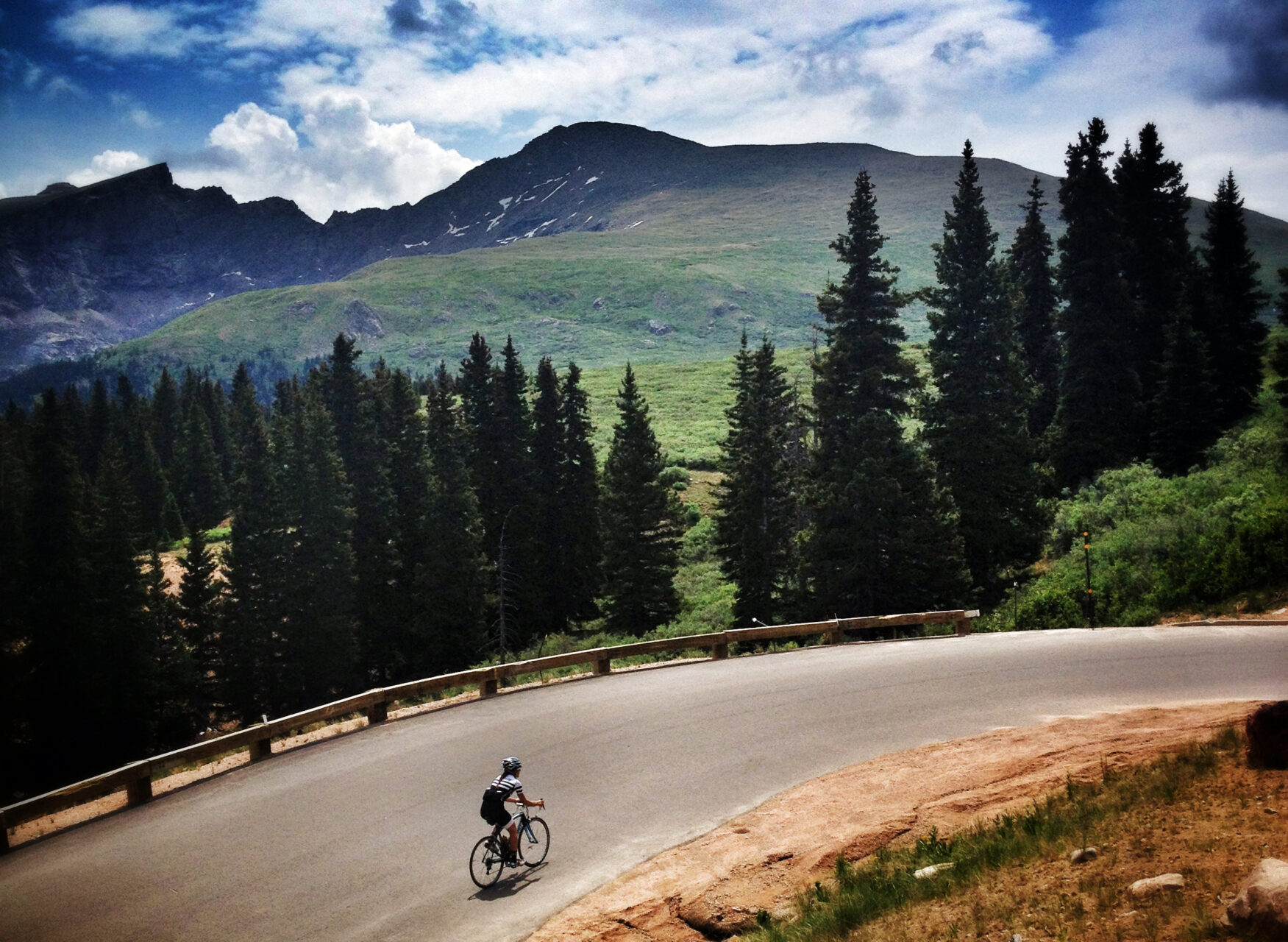We dive into the physiology and physics of climbing by bike, and offer tips on how you should climb given your type of engine.
We dive into the physiology and physics of climbing by bike, and offer tips on how you should climb given your type of engine.
